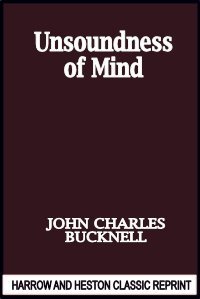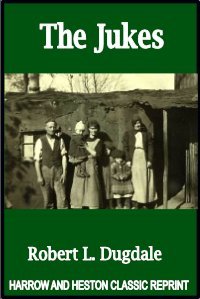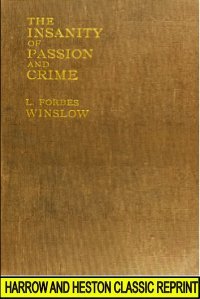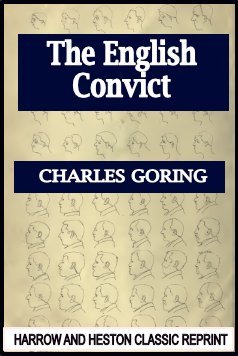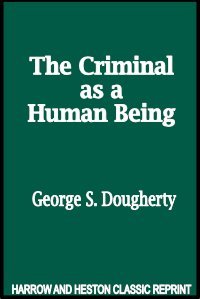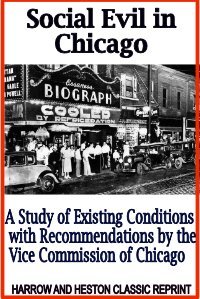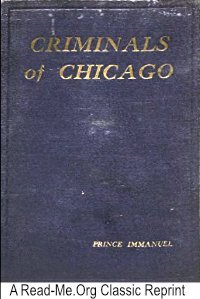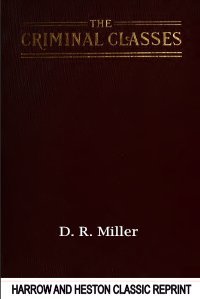By Enrico Ferri.
The positive school of criminology was b born of the three lectures Ferri gave at the University of Naples in 1901. In these essays he makes the case for the importance, possibly supremacy, of social and economics causes of crime, in contrast to the then dominant theories of biological determinism, the idea of the “born criminal.” In much of his professional life he was driven by one cause that strikes a bell today in the 21st century: the cause of social justice.
Harrow and Heston Classic Reprint. 1902.





